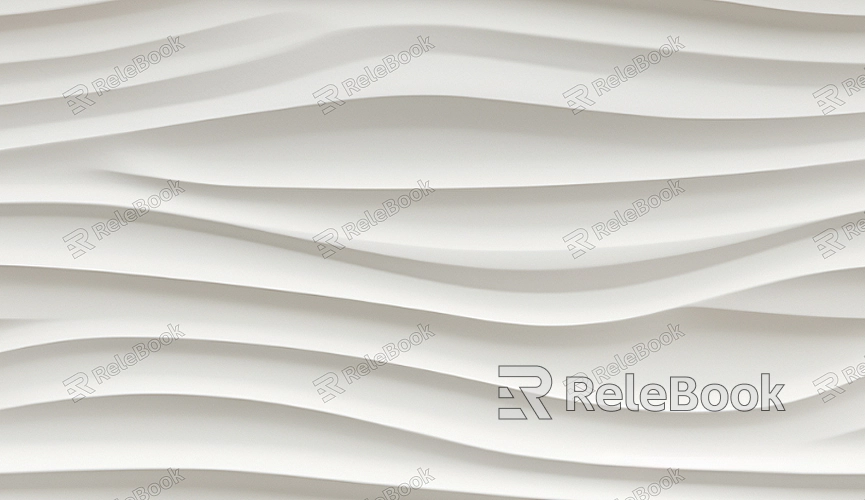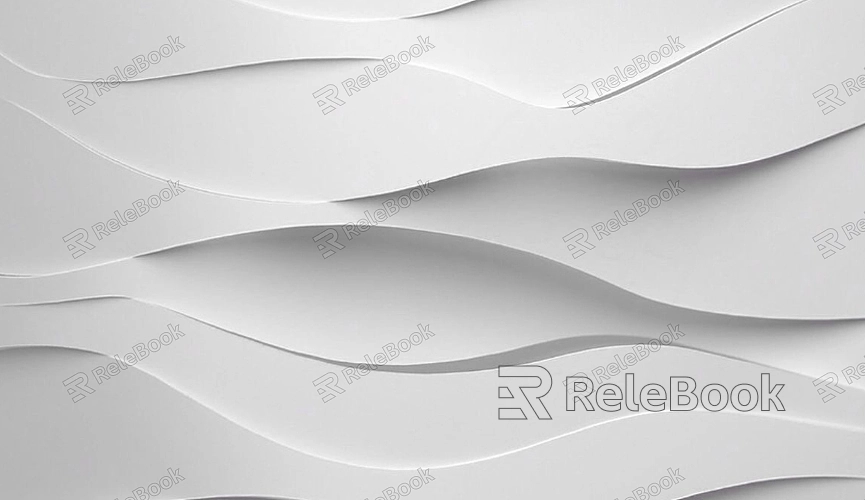How to Use 3D Textures in Maya?

Understanding 3D Textures
Before diving into the practical steps of using textures in Maya, it’s crucial to understand what 3D textures are and how they differ from 2D textures. In 3D graphics, textures are images or patterns that are mapped onto the surface of a 3D model. They provide the appearance of detailed surface properties like roughness, color, and bumpiness.
3D textures differ from 2D textures in that they are often used to create complex materials and effects within a 3D space. These textures can include procedural textures, which are generated algorithmically, and 3D textures that involve data arrays representing volume rather than just surface appearance. Understanding these concepts will help you utilize textures more effectively in your 3D projects.
Importing Textures into Maya
To start using 3D textures in Maya, the first step is importing them into the software. Maya supports a wide range of image formats including JPG, PNG, TIFF, and EXR. Here’s how to import textures:
Open Maya and load your project or create a new scene.
1. Access the Hypershade Window: Go to Windows > Rendering Editors > Hypershade. This window allows you to manage materials and textures.
2. Create a New Material: In the Hypershade window, click on Create and select the type of material you wish to use, such as Lambert, Phong, or Arnold Standard Surface.
3. Apply the Texture: With the material selected, look for the Color attribute in the material attributes editor. Click the checkerboard icon next to it to open the Create Render Node menu. Select File to create a file texture node.
4. Browse and Load Your Texture: Click the folder icon next to the Image Name and navigate to the location of your texture file. Select the file and click Open.
Your texture is now imported into Maya and applied to the selected material.

Mapping Textures to 3D Models
After importing your textures, you need to map them onto your 3D model. This process involves UV mapping, which unwraps your 3D model into a 2D space where the texture can be applied. Here’s how to map textures:
1. Select Your Model: Click on the 3D model you want to texture in Maya's viewport.
2. Open the UV Editor: Go to UV > UV Editor to open the UV layout.
3. Create UVs: If your model doesn’t have UVs, create them by going to UV > Automatic or UV > Create UVs and choosing the appropriate method for your model.
4. Adjust UV Layout: Use the UV Editor to adjust the UV layout to ensure that the texture maps correctly onto the model. You can move, scale, and rotate UV shells as needed.
5. Apply the Material: Once the UVs are properly mapped, apply the material with the texture to your model. The texture should now appear correctly on the surface based on the UV mapping.
Adjusting Texture Properties
Maya provides various settings to adjust the appearance of textures on your models. Here are some key properties to consider:
1. Texture Scale: Adjust the scale of your texture to ensure it fits correctly on your model. This can be done in the material attributes under File > Place2D Texture node.
2. Texture Tiling: Modify the tiling settings to control how many times the texture repeats across the surface. This is useful for ensuring seamless texture application.
3. Bump Mapping: Add bump maps to simulate surface detail without increasing polygon count. This can be set up in the material attributes under Bump Mapping.
4. Transparency and Reflection: For materials that require transparency or reflective properties, use the Transparency and Specular settings in the material attributes.
Using 3D Textures and Procedural Textures
3D textures and procedural textures offer advanced options for creating complex materials:
1. 3D Textures: These textures are used to simulate volumetric effects and can be created using Maya’s built-in 3D texture nodes such as 3D Texture > Checker, Cloud, or Marble.
2. Procedural Textures: Procedural textures are generated using algorithms and can create intricate patterns without relying on image files. They are useful for creating wood grain, marble, or other natural surfaces.
To use these textures, add a 3D texture node to your material and adjust its settings to achieve the desired effect.
Rendering and Previewing Textures
To see how your textures look in the final render, you need to render your scene using Maya’s built-in rendering engines:
1. Set Up the Renderer: Choose the rendering engine you want to use (e.g., Arnold, Mental Ray) from the Render menu.
2. Adjust Render Settings: Configure render settings to ensure that textures and materials are displayed correctly.
3. Render the Scene: Click Render > Render the Current Frame to preview how your textures look in the final output. Make any necessary adjustments to texture properties based on the render results.
FAQ
What file formats are supported for textures in Maya?
Maya supports several image file formats for textures, including JPG, PNG, TIFF, and EXR.
How do I fix texture stretching on my model?
Texture stretching often occurs due to improper UV mapping. Use the UV Editor to adjust the UV layout and ensure that the UVs are evenly distributed and aligned with the texture.
Can I use multiple textures on a single model?
Yes, you can use multiple textures by creating and applying different materials to different parts of the model. Use UV mapping to control how each texture is applied.
How do I create a seamless texture?
To create a seamless texture, use image editing software to ensure that the edges of the texture tile are seamless when repeated. Apply the texture in Maya and adjust the tiling settings to achieve a smooth transition.
What is the difference between bump mapping and normal mapping?
Bump mapping simulates surface detail by altering the surface normal based on a grayscale image, while normal mapping uses an RGB image to provide more detailed surface information and create more realistic effects.

